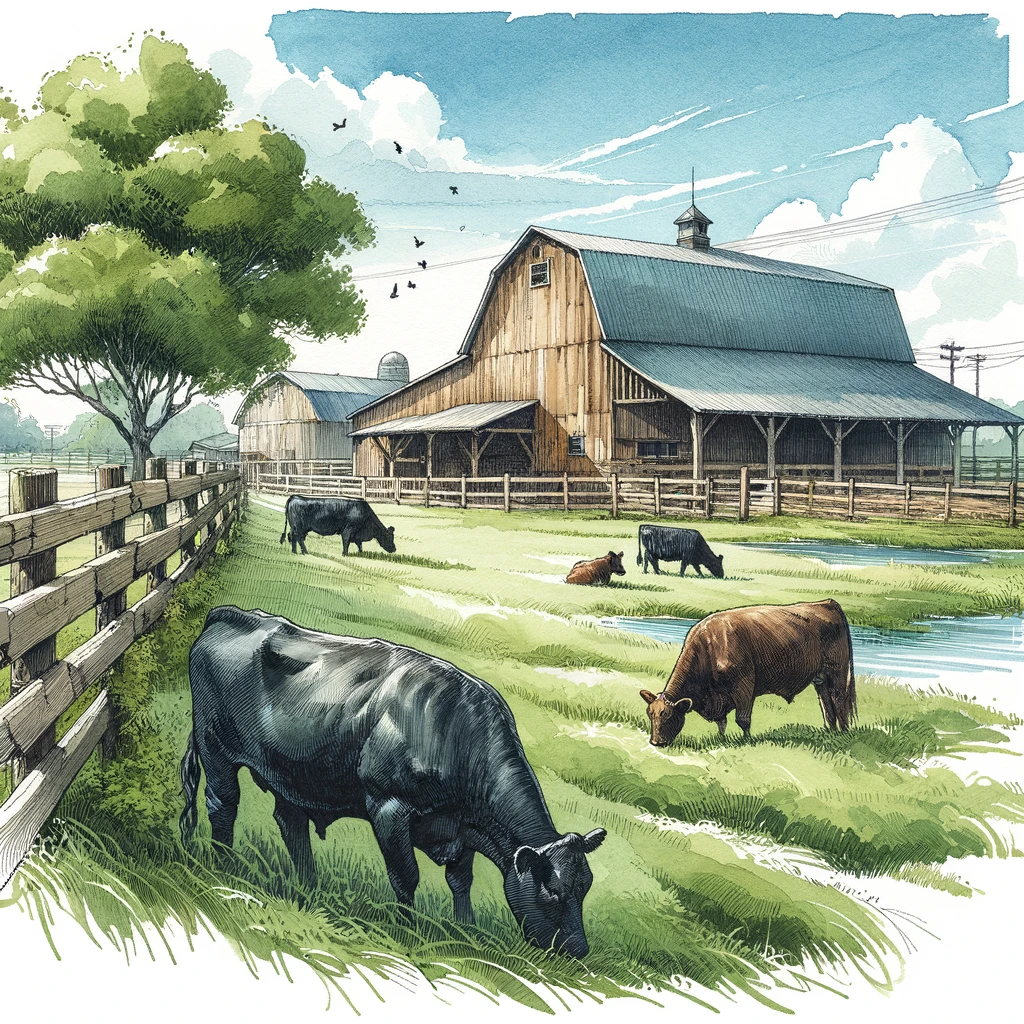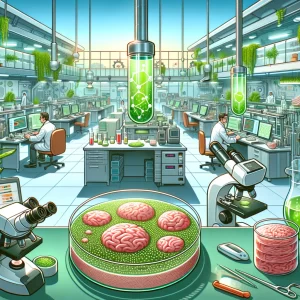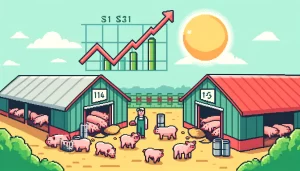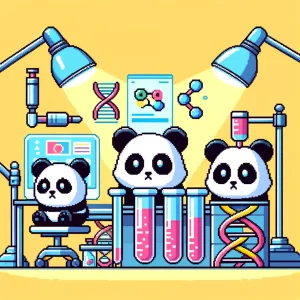
Cultivated Meat: The Future of Sustainable Food
A promising new discipline is taking shape: cellular agriculture. This field combines the principles of stem cell biology, tissue engineering, and animal sciences to create agricultural products from cells, without the need for conventional farming. One of the most exciting advancements in this area is cultivated meat, also known as clean or cultured meat. This innovative approach has the potential to revolutionize our food systems, providing a sustainable and ethical alternative to traditional meat production.
What is Cultivated Meat?
Cultivated meat is produced by growing animal cells in a controlled, laboratory environment. This process eliminates the need for raising and slaughtering livestock, addressing many of the environmental and ethical issues associated with conventional meat production. With the global population and demand for meat expected to increase significantly by 2050, the environmental strain caused by livestock farming will become even more pronounced. Cultivated meat offers a potential solution to this looming crisis.
The Environmental and Ethical Benefits
The production of cultivated meat uses significantly fewer resources than traditional meat production. It is estimated to require 89% less water and 99% less land and produce up to 96% fewer greenhouse gas emissions.
This is good!
These reductions are crucial in mitigating the environmental impact of meat consumption. Additionally, cultivated meat circumvents the ethical concerns of animal welfare and the health risks associated with animal-borne diseases and antibiotic use in livestock.
A Historical Perspective
The concept of cultivated meat is not entirely new. The first visions of this technology emerged nearly a century ago, but serious investigations into its development only began in the early 2000s. In 2013, the world saw the first public demonstration of a cultivated meat hamburger, which cost around $330,000 to produce. This milestone catalyzed further innovation, and today, the cost of making a similar hamburger has dropped to around $10.
How is Cultivated Meat Made?
The process of creating cultivated meat involves several key steps, all of which rely on technologies and materials developed in the field of tissue engineering. These steps include:
- Cell Sourcing: Cells are sourced either from a tissue biopsy of a live animal or pluripotent stem cells. These cells must have the ability to proliferate (multiply) and differentiate (develop into the desired cell types, such as muscle or fat cells).
- Cell Culturing: The selected cells are grown in a bioreactor. This device provides a controlled environment for cell growth and supplies the necessary nutrients and conditions to support cell proliferation.
- Tissue Scaffolding: Cells are seeded onto a scaffold, a structure that supports the growth and organization of the cells into the desired meat product. The scaffold helps shape the final product and can influence its texture and consistency.
- Maturation: The cells on the scaffold are allowed to mature, forming the final cultivated meat product. This stage involves providing the right conditions for the cells to develop into the desired tissue types.
Challenges and Considerations
Despite the significant progress, several challenges remain before cultivated meat can be produced at a commercial scale. One of the primary challenges is developing efficient and scalable methods for sourcing and culturing the cells.
Cell Sourcing Options
- Primary Cells: These cells are taken directly from an animal and have a limited capacity to proliferate. While they are easier to obtain, their limited growth potential can be a bottleneck for large-scale production.
- Pluripotent Stem Cells: These cells can theoretically proliferate indefinitely and differentiate into any cell type. However, efficiently sourcing and differentiating pluripotent stem cells for cultivated meat production is still a developing area of research.
Culture Medium and Bioreactors
Another critical challenge is creating a cost-effective and sustainable culture medium. The medium must provide all the necessary nutrients for cell growth without relying on animal-derived components. Additionally, bioreactors need to be optimized to support large-scale cell proliferation and differentiation while maintaining cost efficiency.
Tissue Scaffolding
Developing suitable scaffolds that can support cell growth and mimic the structure of natural meat is also essential. These scaffolds must be biocompatible, edible, and able to guide the cells to form the desired meat textures and structures.
Looking Forward
The journey towards making cultivated meat a mainstream food product is still ongoing. However, the potential benefits in terms of sustainability, environmental impact, and ethical considerations make this a worthwhile pursuit. As research and technology continue to advance, the feasibility of large-scale production of cultivated meat becomes more promising.
What do you think? Let us know in the comments!
- How do you think the widespread adoption of cultivated meat could impact traditional farming communities?
- What are some potential cultural and societal challenges that could arise with the introduction of cultivated meat?
Engaging with the Future
The development of cultivated meat is not just a scientific endeavor; it represents a paradigm shift in how we think about food production. By supporting and engaging with this technology, we can help shape a more sustainable and ethical future.
Feed Your Curiosity
Discover the latest scientific research and inspiring discoveries with ‘This Week in Science’! Perfect for educators and avid learners, our free weekly newsletter is a rich source of knowledge to enhance your teaching and learning journey. Subscribe now!
About the Author
Jon Scaccia, with a Ph.D. in clinical-community psychology and a research fellowship at the US Department of Health and Human Services with expertise in public health systems and quality programs. He specializes in implementing innovative, data-informed strategies to enhance community health and development. Jon helped develop the R=MC² readiness model, which aids organizations in effectively navigating change.



